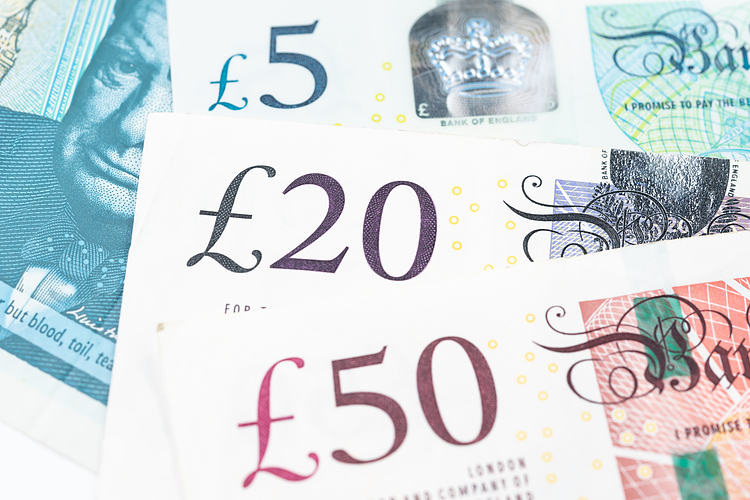The GBP/USD pair experienced a significant increase of 0.40% as the US Dollar Index (DXY) dropped to a new two-day low. This movement was largely driven by the unchanged US Treasury bond yields, which resulted in a weaker Greenback. As a result, the GBP/USD rose to 1.2691, marking a favorable trading position for the Pound Sterling against the US Dollar.
When assessing the technical outlook for the GBP/USD pair, it appears to be neutral to slightly bearish. Despite trading above the daily moving averages (DMA), the Relative Strength Index (RSI) has shifted to a bearish stance, indicating that selling pressure may be on the rise. This suggests that key support levels such as the 100-DMA at 1.26643 and the 50-DMA at 1.2627 could be tested, potentially leading to a re-testing of year-to-date lows for the GBP/USD.
In terms of potential further downside movement, the GBP/USD pair could target the 1.2600 level, which could pave the way for a test of the 200-DMA at 1.2553 if breached. Subsequently, a move below the 200-DMA could see the pair reaching the 1.2500 level. On the contrary, the less likely scenario in the near term would involve the GBP/USD encountering resistance levels at 1.2700 and 1.2750, with limited chances of breaching these levels.
Overall, the GBP/USD pair’s price action on the daily chart presents a mixed outlook, with a slightly bearish bias in light of the RSI signaling bearish momentum. Traders and investors will closely monitor key support and resistance levels to gauge future price movements for the GBP/USD pair. Additionally, market participants will keep an eye on external factors such as US Treasury bond yields and the US Dollar Index (DXY) to assess the overall strength of the Greenback and its impact on the GBP/USD exchange rate.











